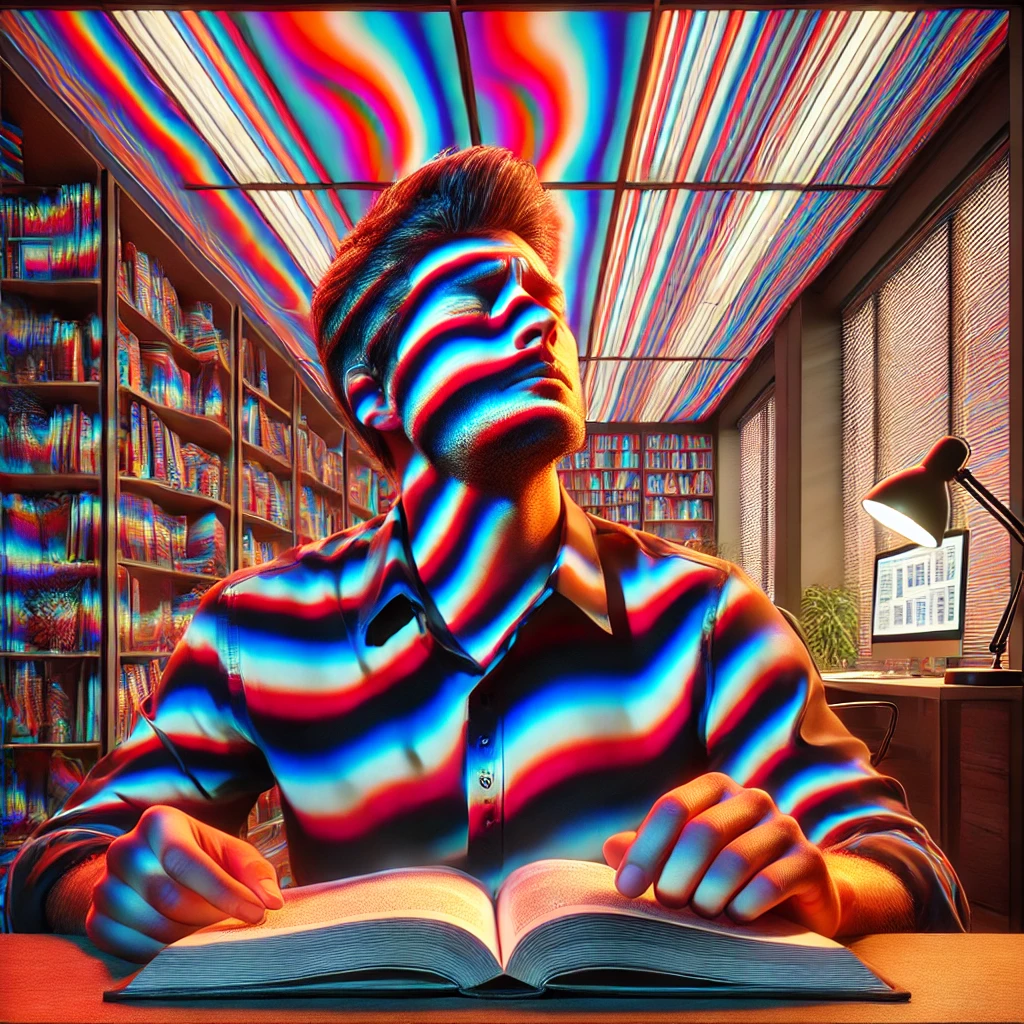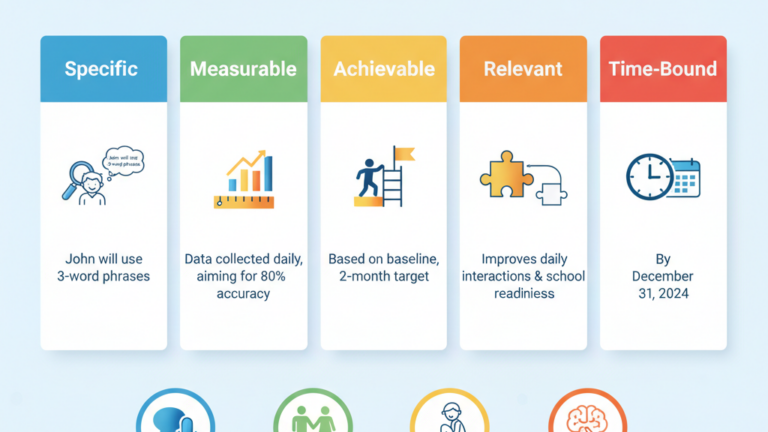Understanding Scotopic Sensitivity Syndrome: A Comprehensive Guide
Scotopic Sensitivity Syndrome (SSS), also known as Irlen Syndrome, is a condition that affects how people perceive visual information. Despite its prevalence, many remain unaware of its existence, often mistaking its symptoms for other visual or learning difficulties. In this article, we delve deep into the world of SSS, exploring its causes, symptoms, and potential solutions. Whether you’re a parent, educator, or someone experiencing these symptoms, understanding SSS can significantly enhance your quality of life.
What is Scotopic Sensitivity Syndrome?
Scotopic Sensitivity Syndrome is a visual processing disorder where individuals have difficulty seeing or reading due to the way their brains interpret light. Unlike common vision issues that affect the clarity of sight, SSS impacts how the brain processes light, particularly under certain lighting conditions or when viewing specific patterns.
People with SSS may find bright lights, fluorescent lighting, or high-contrast patterns uncomfortable. They often report seeing words that move on the page, experiencing headaches while reading, or struggling with depth perception. This can make tasks like reading, driving at night, or even navigating a crowded space challenging.
Recognizing the Symptoms of Scotopic Sensitivity Syndrome
Identifying SSS can be tricky, as its symptoms often overlap with other conditions such as dyslexia, migraine, and even autism spectrum disorders. Here are some common indicators that someone might have Scotopic Sensitivity Syndrome:
Visual Discomfort and Distortion
- Difficulty Reading: Words appear to move, blur, or fade on the page, making reading a strenuous activity.
- Light Sensitivity: Bright or fluorescent lights cause discomfort or pain. Some may even describe seeing halos or shadows around text.
- Depth Perception Issues: Problems with judging distances can lead to clumsiness or difficulty navigating spaces.
Physical Symptoms
- Eye Strain and Fatigue: Prolonged visual tasks lead to tired, achy eyes.
- Headaches and Migraines: Frequent headaches, particularly after reading or spending time under bright lights.
- Nausea and Dizziness: Sensations of motion sickness or dizziness when exposed to specific visual stimuli.
Behavioral Indicators
- Avoidance of Certain Activities: Reluctance to read, use computers, or engage in visually intensive tasks.
- Poor Academic Performance: Struggles in school despite adequate effort and intelligence, often misinterpreted as a learning disability.
- Anxiety in Crowded or Visually Complex Environments: Discomfort in places with lots of visual stimuli, such as supermarkets or busy streets.
The Science Behind Scotopic Sensitivity Syndrome
The exact cause of SSS is not fully understood, but research suggests it involves a deficiency in how the brain processes visual information. Normally, the brain integrates light from different sources to create a coherent image. In people with SSS, this process is disrupted, leading to the symptoms described above.
The Role of Light and Color
One theory is that certain wavelengths of light, particularly those in the blue spectrum, exacerbate SSS symptoms. This can make fluorescent lighting and high-contrast patterns particularly problematic.
Imagine trying to read a book under a strobe light. The flickering would make it difficult to focus, and the changing light conditions would tire your eyes quickly. This is somewhat analogous to what individuals with SSS experience daily, even under seemingly normal lighting conditions.
Neurological Implications
Some researchers believe that SSS may be linked to how the brain’s visual cortex processes information. The visual cortex is responsible for interpreting the signals sent from our eyes. If these signals are misinterpreted or processed inefficiently, it can lead to the distortions and discomfort associated with SSS.
Diagnosing Scotopic Sensitivity Syndrome
Since SSS shares symptoms with other conditions, proper diagnosis is crucial. Traditional eye exams may not detect SSS, so specialized tests are required. These often involve:
Comprehensive Vision Assessment
Optometrists and ophthalmologists may perform detailed visual processing tests to rule out other vision problems. They might also assess how you perceive light and patterns, and how quickly your eyes fatigue.
Use of Colored Overlays and Filters
A hallmark of diagnosing SSS is the use of colored overlays or filters. During testing, individuals read text through various colored lenses or overlays. The aim is to find a color that reduces visual distortion and discomfort. For many, the right color can make a dramatic difference, often making words appear stable and reducing eye strain immediately.
Personalized Diagnostic Approaches
Specialists in SSS often use a personalized approach, tailoring tests and solutions to each individual’s specific symptoms and needs. This might involve adjusting lighting conditions or recommending specific types of glasses or contact lenses.
Treatment and Management of Scotopic Sensitivity Syndrome
While there is no cure for SSS, several effective strategies can help manage the condition. The key is to minimize visual stress and optimize the visual environment.
Colored Lenses and Overlays
As mentioned earlier, colored lenses or overlays can significantly reduce SSS symptoms. These tools help to filter out problematic wavelengths of light, making it easier to read and process visual information. Many individuals find that they can read longer and more comfortably with the appropriate filter.
Environmental Adjustments
Modifying the visual environment is another effective strategy. This can include:
- Adjusting Lighting: Using soft, indirect lighting instead of bright or fluorescent lights.
- Reducing Glare: Employing anti-glare screens on computers and reducing reflective surfaces.
- Using Color to Enhance Comfort: Integrating more muted colors in workspaces and minimizing high-contrast patterns.
Occupational Therapy and Support
For children and adults with SSS, working with an occupational therapist can be beneficial. These professionals can develop strategies to cope with visual challenges, whether in academic settings or daily life. This might include:
- Reading Strategies: Techniques for tracking text and maintaining focus.
- Visual-Motor Exercises: Activities to improve eye-hand coordination and depth perception.
- Task Modification: Adapting tasks to reduce visual strain, such as using large-print books or reading apps with adjustable text backgrounds.
Living with Scotopic Sensitivity Syndrome
Living with SSS requires a combination of awareness, adaptation, and advocacy. By understanding the condition and implementing appropriate strategies, individuals with SSS can lead comfortable, productive lives.
Personal Experiences and Success Stories
Many people with SSS have found relief through a combination of colored lenses, environmental adjustments, and support from professionals. For instance, a student who once struggled with reading and classroom learning might thrive academically once their visual needs are addressed.
Community and Resources
Joining support groups or online communities can provide valuable resources and emotional support. Connecting with others who have SSS can help individuals feel less isolated and more empowered to manage their condition.
Continuous Learning and Adaptation
As with many conditions, managing SSS is an ongoing process. It often involves trial and error to find the most effective strategies. Staying informed about new research and treatments can help individuals continuously improve their quality of life.
Insights on Scotopic Sensitivity Syndrome
When discussing Scotopic Sensitivity Syndrome in SEO-optimized content, it’s crucial to incorporate relevant keywords and phrases naturally. For example, mentioning how Scotopic Sensitivity Syndrome affects daily activities or how specific treatments can alleviate symptoms ensures that the content is not only informative but also optimized for search engines.
Key Points for SEO Optimization
- Use of Keywords: Ensure that Scotopic Sensitivity Syndrome is included in key areas such as the title, headings, and throughout the text.
- Natural Language Integration: Keywords should fit naturally into the conversation, avoiding forced or unnatural phrasing.
- Related Terms and Variations: Incorporate related terms such as visual processing disorder and Irlen Syndrome to broaden the content’s reach and relevance.
- Engaging and Informative Content: Providing valuable insights and examples keeps readers engaged, which can improve on-page time and reduce bounce rates.
Conclusion
Scotopic Sensitivity Syndrome is a complex and often misunderstood condition, but with the right knowledge and tools, individuals can effectively manage their symptoms. Whether through colored lenses, environmental adjustments, or professional support, those affected by SSS can find relief and improve their daily lives. By raising awareness and understanding, we can help more people recognize and address this condition, leading to better outcomes and enhanced well-being.
If you suspect you or a loved one might have Scotopic Sensitivity Syndrome, consider reaching out to a specialist for a comprehensive evaluation. Remember, understanding and managing SSS is a journey, but with the right support, it’s one that can lead to significant improvements in quality of life.





